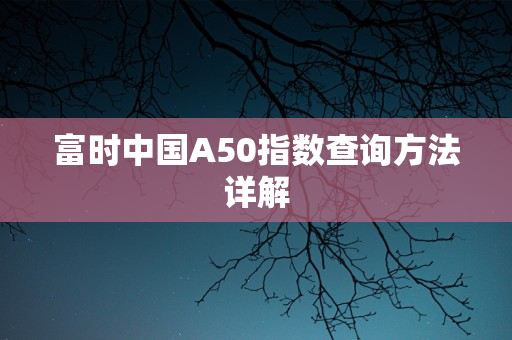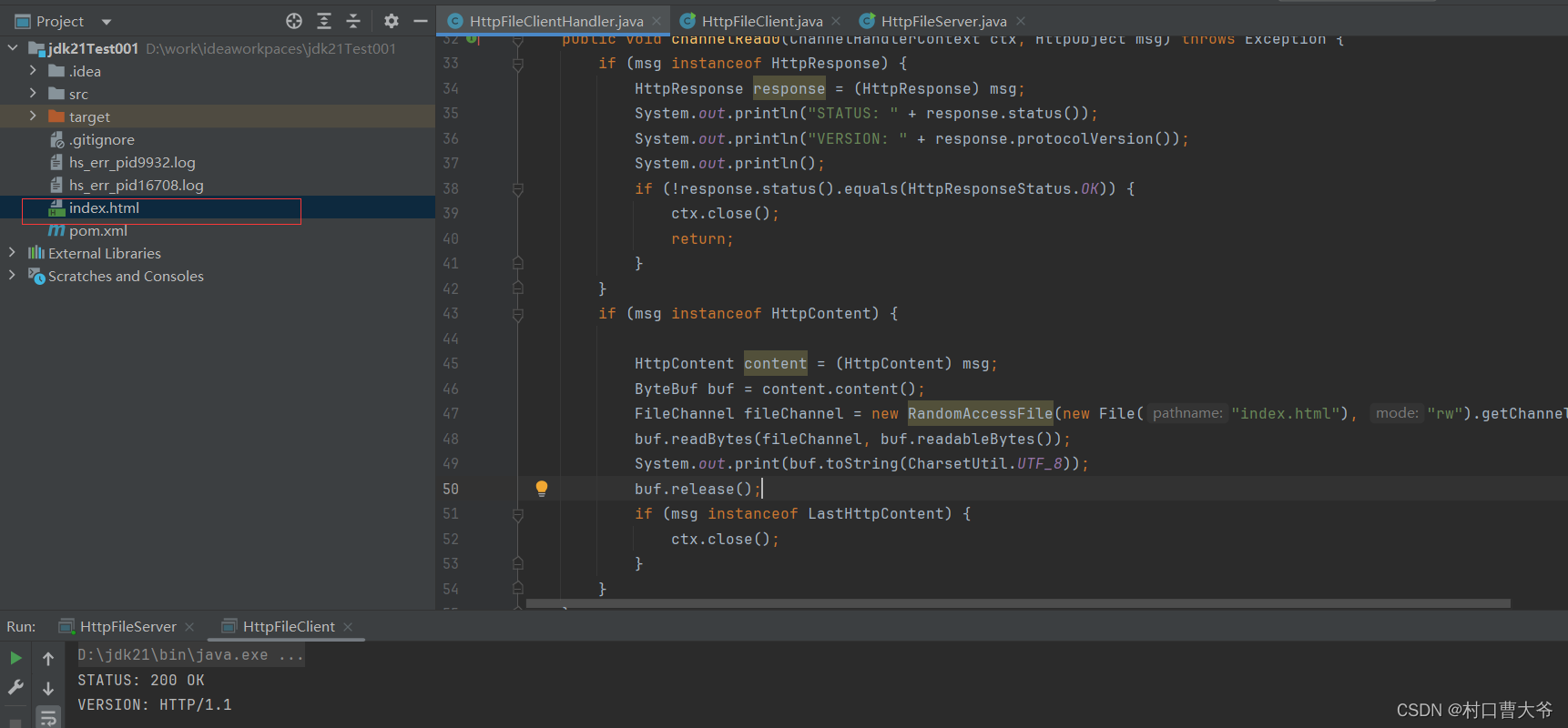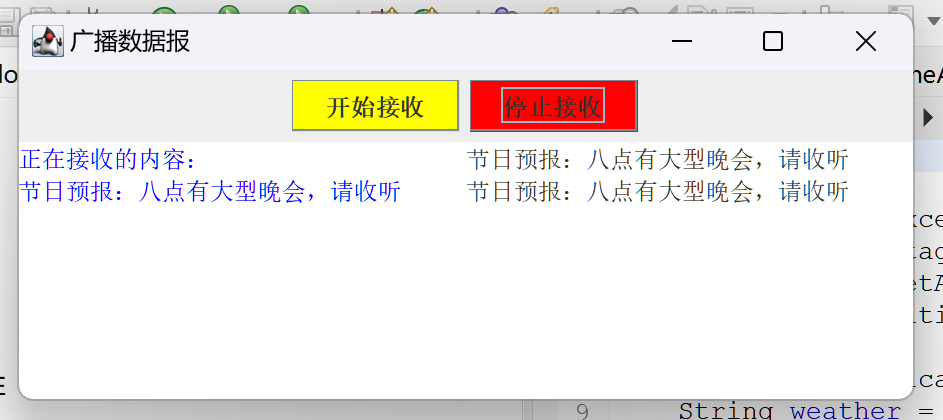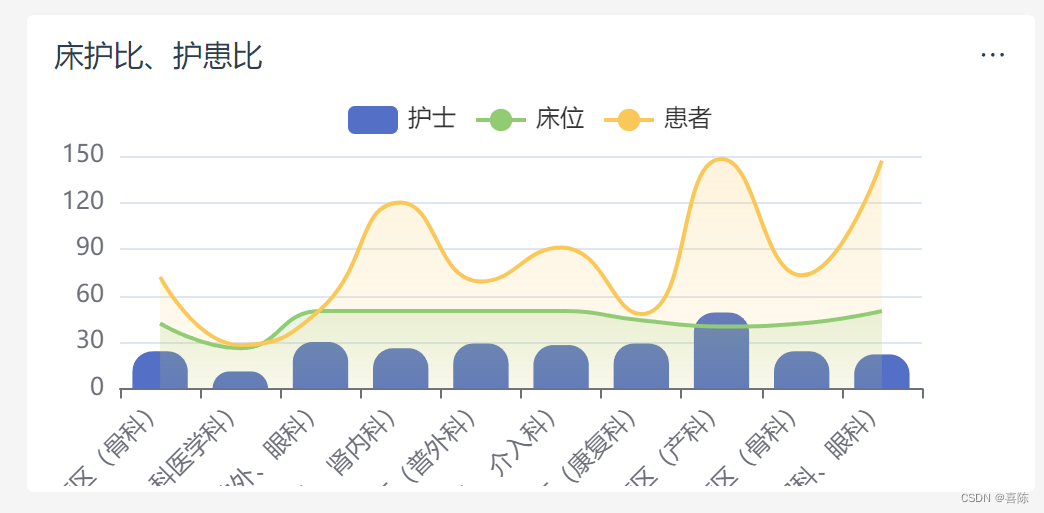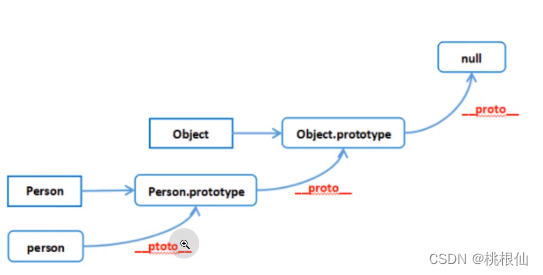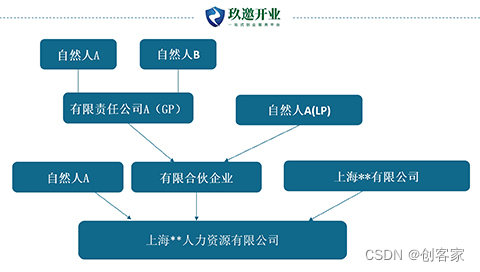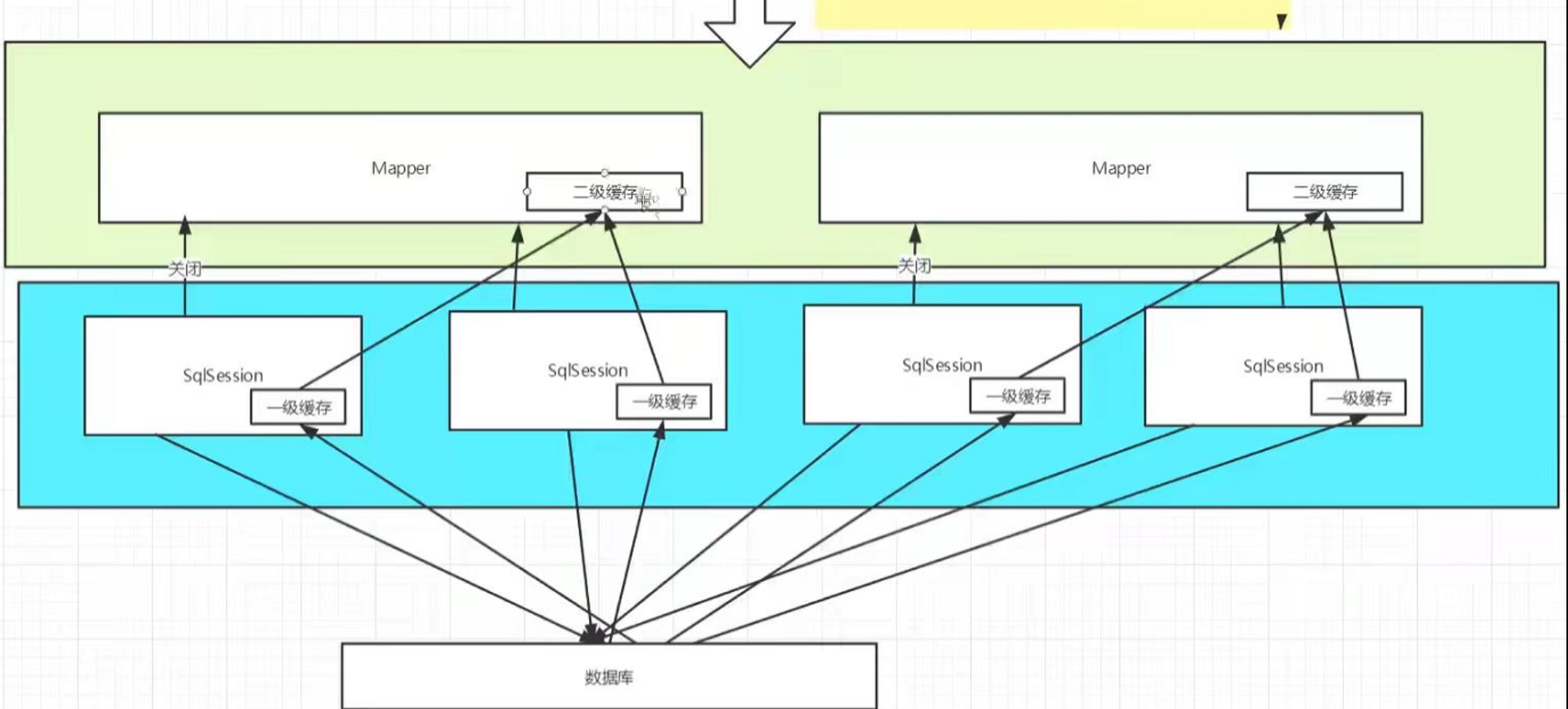柏林噪声
随机噪声

如上图所示随机噪声没有任何规律可言,我们希望生成有一些意义的局部连续的随机图案
一维柏林噪声

假设希望生成一段局部连续的随机曲线,可以采用插值的方式:在固定点随机分配y值(一般是整数点),其他的点使用插值算法
方法一:线性插值的方式
公式如下:
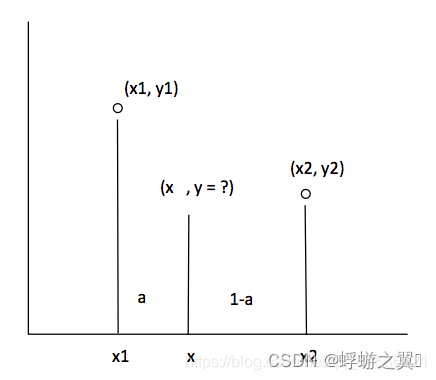
【数字图像处理】二维(2D)线性插值的应用
y = a*y1 + (1-a)*y2
我们画图看看:

import math
import numpy as np
import matplotlib.pyplot as plt
perm = [151,160,137,91,90,15,
131,13,201,95,96,53,194,233,7,225,140,36,103,30,69,142,8,99,37,240,21,10,23,
190, 6,148,247,120,234,75,0,26,197,62,94,252,219,203,117,35,11,32,57,177,33,
88,237,149,56,87,174,20,125,136,171,168, 68,175,74,165,71,134,139,48,27,166,
77,146,158,231,83,111,229,122,60,211,133,230,220,105,92,41,55,46,245,40,244,
102,143,54, 65,25,63,161, 1,216,80,73,209,76,132,187,208, 89,18,169,200,196,
135,130,116,188,159,86,164,100,109,198,173,186, 3,64,52,217,226,250,124,123,
5,202,38,147,118,126,255,82,85,212,207,206,59,227,47,16,58,17,182,189,28,42,
223,183,170,213,119,248,152, 2,44,154,163, 70,221,153,101,155,167, 43,172,9,
129,22,39,253, 19,98,108,110,79,113,224,232,178,185, 112,104,218,246,97,228,
251,34,242,193,238,210,144,12,191,179,162,241, 81,51,145,235,249,14,239,107,
49,192,214, 31,181,199,106,157,184, 84,204,176,115,121,50,45,127, 4,150,254,
138,236,205,93,222,114,67,29,24,72,243,141,128,195,78,66,215,61,156,180]
def perlin1D(x):
# 整数x1和x2的坐标
x1 = math.floor(x)
x2 = x1 + 1
# x1和x2的梯度值
grad1 = perm[x1 % 255] * 2.0 - 255.0
grad2 = perm[x2 % 255] * 2.0 - 255.0
#x1和x2指向x的方向向量
vec1 = x - x1
vec2 = x - x2
# x到x1的距离即vec1,利用公式3计算平滑参数
t = 3 * pow(vec1, 2) - 2 * pow(vec1, 3)
#梯度值与方向向量的乘积
product1 = grad1 * vec1
product2 = grad2 * vec2
return product1 + t * (product2 - product1)
def linear1D(x):
# 整数x1和x2的坐标
x1 = math.floor(x)
x2 = x1 + 1
# y值 随机数
grad1 = perm[x1 % 255] * 2.0 - 255.0
grad2 = perm[x2 % 255] * 2.0 - 255.0
t=x - x1
return grad1 + t * (grad2 - grad1)
def linear1D_plus(x):
# 整数x1和x2的坐标
x1 = math.floor(x)
x2 = x1 + 1
# x1和x2的梯度值
grad1 = perm[x1 % 255] * 2.0 - 255.0
grad2 = perm[x2 % 255] * 2.0 - 255.0
#x1和x2指向x的方向向量
vec1 = x - x1
vec2 = x - x2
t=x - x1
#梯度值与方向向量的乘积
product1 = grad1 * vec1
product2 = grad2 * vec2
return product1 + t * (product2 - product1)
def draw1D():
# 绘制散点图
x0=[]
y0=[]
for i in range(11):
x0.append(i)
y0.append( perm[i] * 2.0 - 255.0)
plt.scatter(x0, y0,color='red')
# 绘制1D的图像
x = np.linspace(0, 10, 100)
y = np.zeros(100)
y1 = np.zeros(100)
y2 = np.zeros(100)
for i in range(100):
y[i] = perlin1D(x[i])
y1[i] = linear1D(x[i])
y2[i] =linear1D_plus(x[i])
# 绘制图像
plt.plot(x, y,color='deepskyblue')
plt.plot(x, y1,color='green')
plt.plot(x, y2,color='orange')
plt.show()
draw1D()
线性插值
x取[0,10]这个区间,y在整数点随机取值,非整数点使用线性插值
ps 随机值使用伪随机数perm,柏林噪声在图像领域使用,颜色的取值范围是[0,255],所以perm的值也是[0,255]
上图红色的点是:整数点随机取值的结果,绿色的线是线性插值。
y
=
t
∗
y
2
+
(
1
−
t
)
∗
y
1
=
y
1
+
t
(
y
2
−
y
1
)
y = t*y2+ (1-t)*y1 = y1 + t(y2- y1 )
y=t∗y2+(1−t)∗y1=y1+t(y2−y1)
t
=
x
−
x
1
t=x-x1
t=x−x1
线性插值plus
我们希望它更平滑一点,如果插值点x的值y与附近点x1,x2的位置相关
所以改进上述算法:
y
=
t
∗
y
2
∗
w
2
+
(
1
−
t
)
∗
y
1
∗
w
1
=
y
1
∗
w
1
+
t
(
y
2
∗
w
2
−
y
1
∗
w
1
)
y = t*y2*w2 + (1-t)*y1*w1 = y1*w1 + t(y2*w2 - y1*w1 )
y=t∗y2∗w2+(1−t)∗y1∗w1=y1∗w1+t(y2∗w2−y1∗w1)
w是权重系数,也是柏林算法中的方向向量vec1 = x - x1
如图中黄色的线
柏林噪声
柏林噪声在此基础上再加强一步:
t
=
3
t
2
−
2
t
3
t=3t^2 -2t^3
t=3t2−2t3
算法步骤:
input: x
- 计算周围的点:x1 , x2
- 计算x1 , x2 梯度 : grad1, grad2 随机取[0,255]
- 方向向量: (vec1 =x-x1 ;vec2 = x-x2)
- 梯度值与方向向量的乘积 product=grad*vec
- 计算系数 t=3t^2 -2t^3
- 插值:y = product1 + t * (product2 - product1)
output :y
根据上述原理 可以画一个不规则的圆形
def drawCircle():
#画圆形
# 创建一个坐标系
fig, ax = plt.subplots()
# 定义圆心和半径
center = (0, 0)
radius = 10
# 生成圆的数据
theta = np.linspace(0, 2*np.pi, 100)
x = radius * np.cos(theta) + center[0]
y = radius * np.sin(theta) + center[1]
y1 = np.zeros(100)
for i in range(100):
y1[i] = y[i]+ perlin1D(theta[i]*5)/255*2
# 画出圆形
ax.plot(x, y,color='orange')
ax.plot(x, y1,color='deepskyblue')
# 设置坐标轴范围
ax.set_xlim([-15, 15])
ax.set_ylim([-15, 15])
# 显示图像
plt.show()

二维柏林噪声
头文件
#pragma once
#include<array>
class PerlinNoise2D
{
public:
PerlinNoise2D();
~PerlinNoise2D();
float BasePerlinNoise2D(float x , float y); //输出数值的范围应该是[-1,1]
float Octave2D_01(float x, float y, int octaves, float persistence = 0.5);//输出数值的范围限定在[0,1]
private:
template<typename STLIterator>
inline void shuffle(STLIterator begin, STLIterator end);
/*
生成最大值为max的随机数
*/
int random(int max);
/*
input: 方向向量(x,y) 哈希值 hash
根据哈希值可以达到随机梯度
输出:随机梯度与方向向量的乘积
*/
inline float Grad(int hash, float x, float y);
inline float Grad2(int hash, float x, float y);
inline float Fade(const float t);
inline float Lerp(const float a, const float b, const float t);
inline float RemapClamp_01(float x);
float Octave2D(float x, float y, int octaves, float persistence = 0.5);
private:
std::array<int, 256> m_permutation;
};
cpp
#include "PerlinNoise2D.h"
#include <random>
#include <numeric>
PerlinNoise2D::PerlinNoise2D()
{
std::iota(m_permutation.begin(), m_permutation.end(), 0);
shuffle(m_permutation.begin(), m_permutation.end());
}
PerlinNoise2D::~PerlinNoise2D()
{
}
int PerlinNoise2D::random(int max)
{
return (std::random_device{}() % (max)+1);
}
/*
洗牌算法
*/
template<typename STLIterator>
inline void PerlinNoise2D::shuffle(STLIterator begin, STLIterator end)
{
if (begin == end)
{
return;
}
using difference_type = typename std::iterator_traits<STLIterator>::difference_type;
for (STLIterator it = begin + 1; it < end; ++it)
{
int n = random(static_cast<int>(it - begin));
std::iter_swap(it, begin + static_cast<difference_type>(n));
}
}
inline float PerlinNoise2D::Grad(int hash, float x, float y)
{
float z = 0.34567;
switch (hash & 0xF)
{
case 0x0: return x + y;
case 0x1: return -x + y;
case 0x2: return x - y;
case 0x3: return -x - y;
case 0x4: return x + z;
case 0x5: return -x + z;
case 0x6: return x - z;
case 0x7: return -x - z;
case 0x8: return y + z;
case 0x9: return -y + z;
case 0xA: return y - z;
case 0xB: return -y - z;
case 0xC: return y + x;
case 0xD: return -y + z;
case 0xE: return y - x;
case 0xF: return -y - z;
default: return 0; // never happens
}
}
inline float PerlinNoise2D::Grad2(int hash, float x, float y)
{
const double PI = 3.14159265359;
const int numPoints = 36;
hash = hash % numPoints;
double angle = 2 * PI * hash / numPoints;
double gradx = cos(angle);
double grady = sin(angle);
return gradx * x + grady*y;
}
inline float PerlinNoise2D::Fade(const float t)
{
return t * t * t * (t * (t * 6 - 15) + 10);
}
inline float PerlinNoise2D::Lerp(const float a, const float b, const float t)
{
return (a + (b - a) * t);
}
float PerlinNoise2D::BasePerlinNoise2D(float x, float y)
{
//得到周围四个点
int _x = std::floor(x);
int _y = std::floor(y);
int ix = _x & 255;
int iy = _y & 255;
//hash函数得到随机索引值
int AA = m_permutation[(m_permutation[ix & 255] + iy) & 255];
int BA = m_permutation[(m_permutation[(ix + 1) & 255] + iy) & 255];
int AB = m_permutation[(m_permutation[ix & 255] + iy+1) & 255];
int BB = m_permutation[(m_permutation[ix+1 & 255] + iy+1) & 255];
//根据索引值 得到方向向量和随机梯度的向量积
float fx = x - _x;
float fy = y - _y;
float g1 = Grad2(AA,fx,fy);
float g2 = Grad2(BA, fx - 1, fy);
float g3 = Grad2(AB, fx, fy - 1);
float g4 = Grad2(BB, fx - 1, fy - 1);
//插值
float u = Fade(fx);
float v = Fade(fy);
float x1 = Lerp(g1, g2, u);
float x2 = Lerp(g3, g4, u);
return Lerp(x1, x2, v);
}
float PerlinNoise2D::Octave2D(float x, float y, int octaves, float persistence)
{
float result = 0.0;
float amplitude = 1.0;
for (int i = 0; i < octaves; i++)
{
result += (BasePerlinNoise2D(x, y) * amplitude);
x *= 2;
y *= 2;
amplitude *= persistence;
}
return result;
}
inline float PerlinNoise2D::RemapClamp_01(float x)
{
if (x <= -1.0)
{
return 0.0;
}
else if (1.0 <= x)
{
return 1.0;
}
return (x * 0.5 + 0.5);
}
float PerlinNoise2D::Octave2D_01(float x, float y, int octaves, float persistence )
{
return RemapClamp_01(Octave2D(x,y, octaves));
}
测试
class PerlinNoiseTest
{
public:
PerlinNoiseTest() {};
~PerlinNoiseTest() {};
void drawImage(float frequency=4.0, int octaves=2,int width = 400, int height = 400);
};
#include "PerlinNoiseTest.h"
#include "PerlinNoise2D.h"
#include <opencv2/opencv.hpp>
# include <algorithm>
#include <iostream>
using namespace cv;
void PerlinNoiseTest::drawImage(float frequency, int octaves, int width , int height )
{
// 创建一个空白图像
cv::Mat image(height, width, CV_8UC3, cv::Scalar(255, 255, 255));
frequency = std::clamp((double)frequency, 0.1, 64.0);
const double fx = (frequency / width);
const double fy = (frequency / height);
int maxcolor = 0;
PerlinNoise2D perlin;
for (std::int32_t y = 0; y < height; ++y)
{
for (std::int32_t x = 0; x < width; ++x)
{
int color = 255*perlin.Octave2D_01((x * fx), (y * fy), octaves);
maxcolor = max(maxcolor , color);
image.at<cv::Vec3b>(y, x) = cv::Vec3b(color, color, color); // 绘制像素点
}
}
std::cout << "maxcolor: "<< maxcolor;
imshow("Generated Texture", image);
imwrite("D:\\code\\noise\\image\\PerlinNoiseTest.jpg", image);
waitKey(0);
}
int main() {
PerlinNoiseTest perlinTest;
perlinTest.drawImage(20,1,400,400);
}
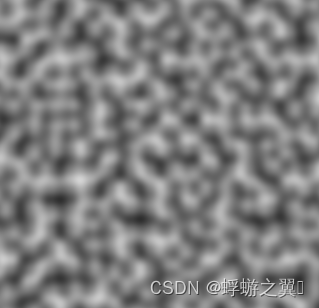
参考文献
Using Perlin Noise to Generate 2D Terrain and Water
FastNoiseSIMD github
libnoise
柏林噪声
一篇文章搞懂柏林噪声算法,附代码讲解
游戏开发技术杂谈2:理解插值函数lerp
[Nature of Code] 柏林噪声
https://adrianb.io/2014/08/09/perlinnoise.html



